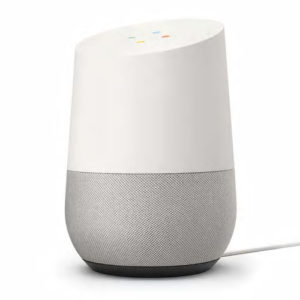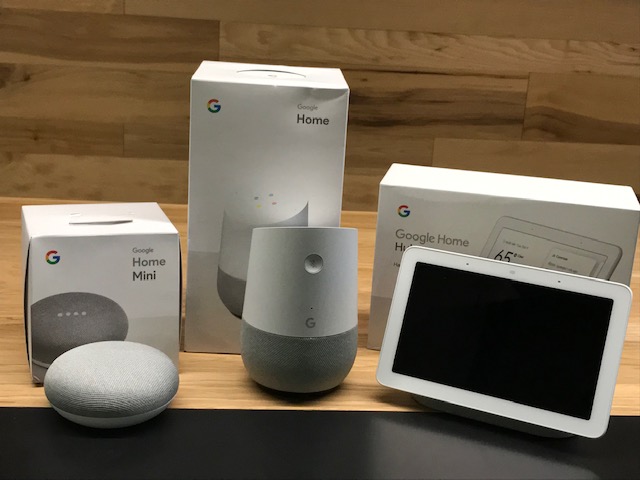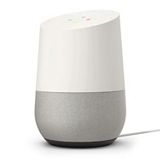We tested four Amazon Echos, and we have some thoughts on how they compare to Google Home. This table contrasts the standard Amazon Echo with the standard Google Home.
We found that these smart speakers were similar in many ways. The price is almost identical for both the up-front payment and the monthly music app subscription. And the voice assistants both have easygoing, helpful personalities.
But we also noticed that Google Assistant’s strengths are different than Alexa’s. Google Assistant is better at interpreting looser, less structured voice commands. You don’t have to use exact wording every time to get the results you want (something that’s frustrating about Alexa).
Alexa is better at knowing what the user’s looking for. Google Assistant’s more likely to misinterpret a clearly stated command and respond with something out of left field. For instance, when we were playing mad libs with them, they misinterpreted one of our (very basic) responses as a command to exit the mad lib game.
The Google Assistant’s flexibility could introduce this error. Or it could be that the microphones aren’t as good as the ones in the Amazon Echos. In either case, it’s annoying not to get the results you want.
Another (big) point of contrast is learning. Both voice assistants learn as they go and can be taught to recognize different voices and call users by name. But to get Alexa fully functional, you have to download third-party skills. Google Assistant doesn’t need the extra help. They learn on their own.
For a more in-depth look, read this summary of Google Home vs. Amazon Echo.













